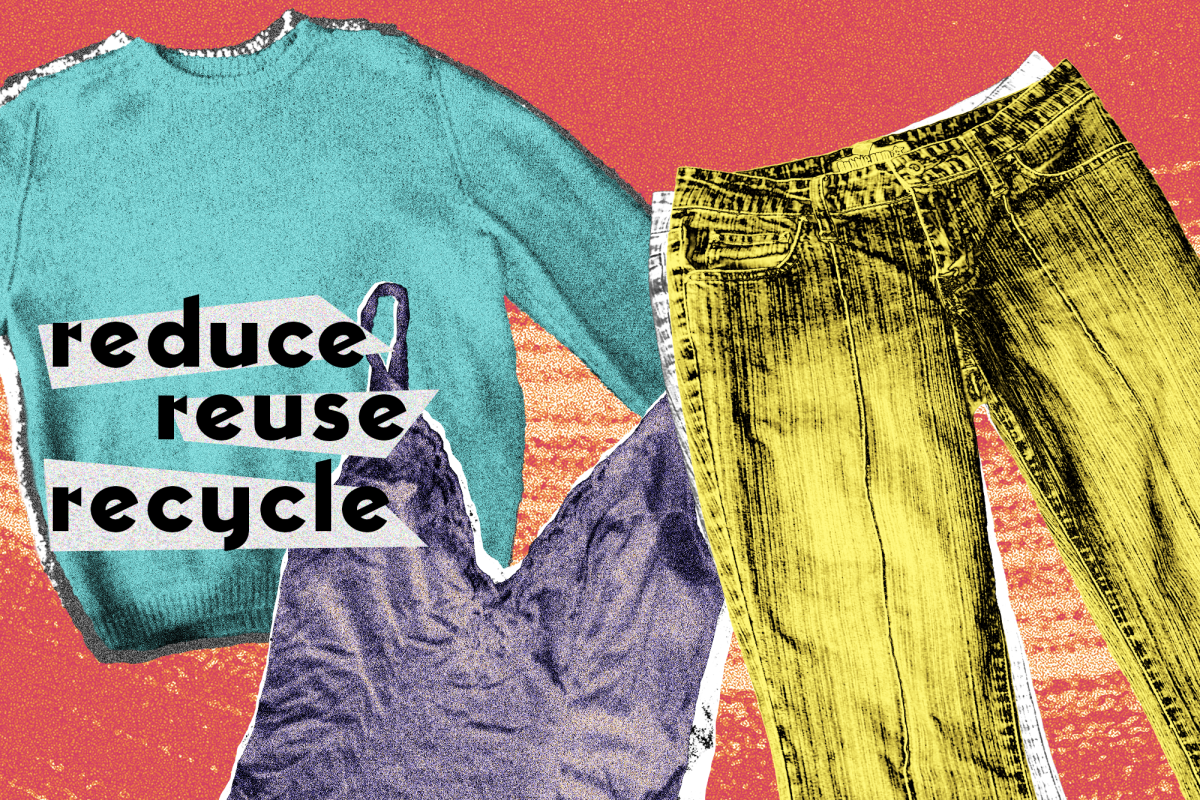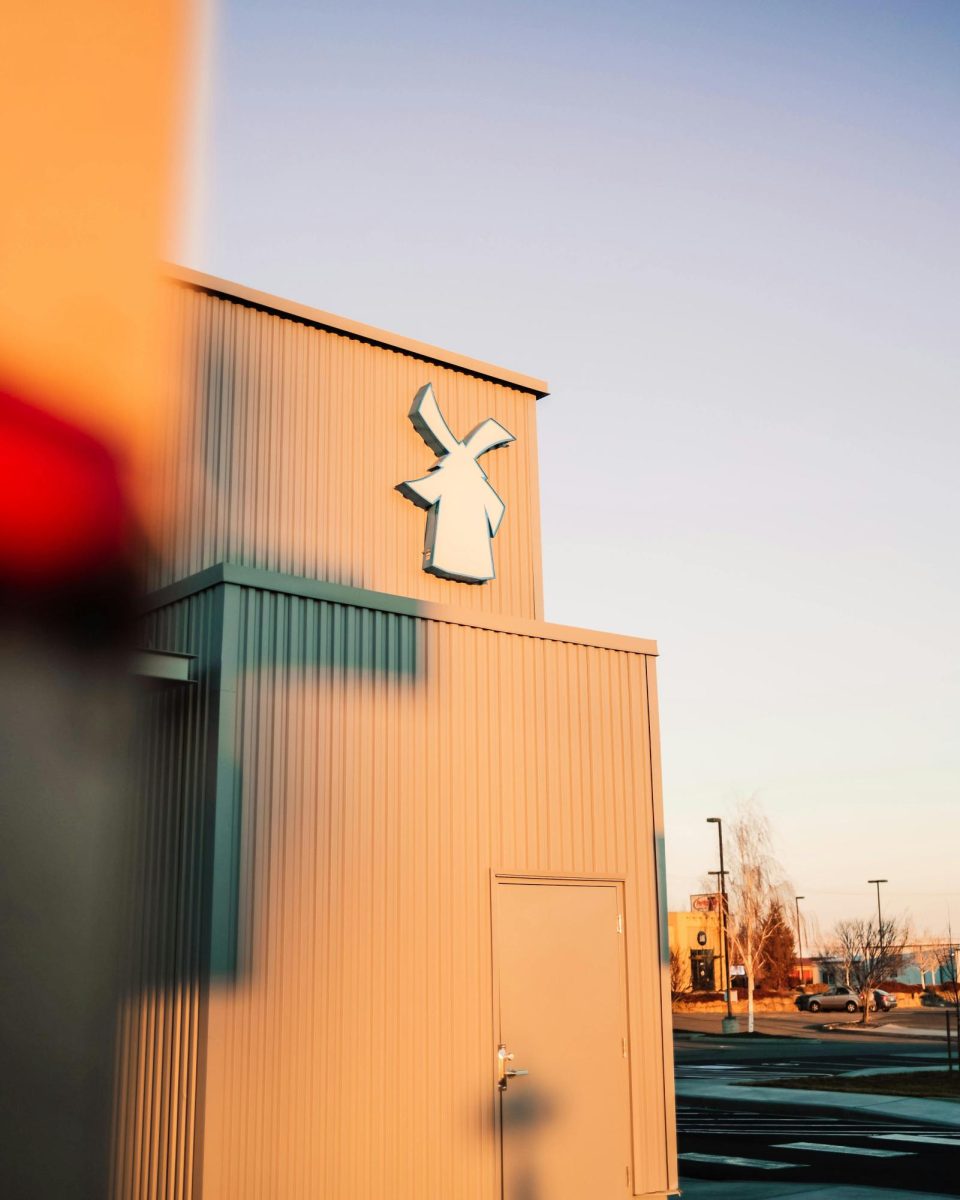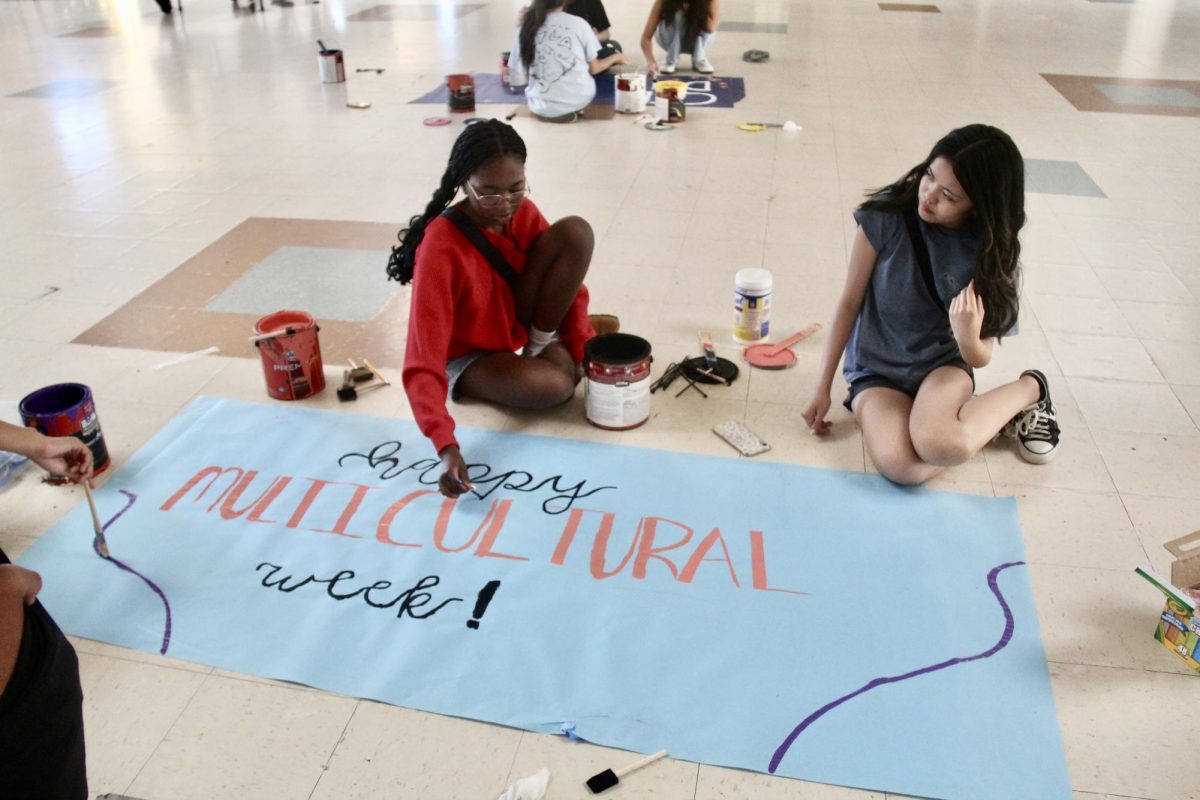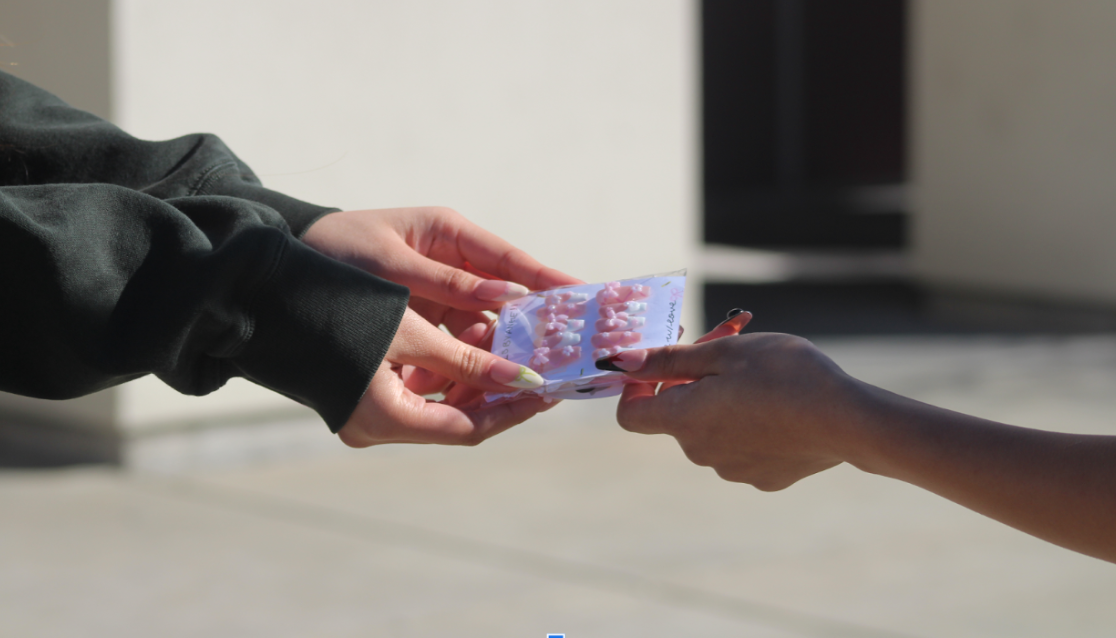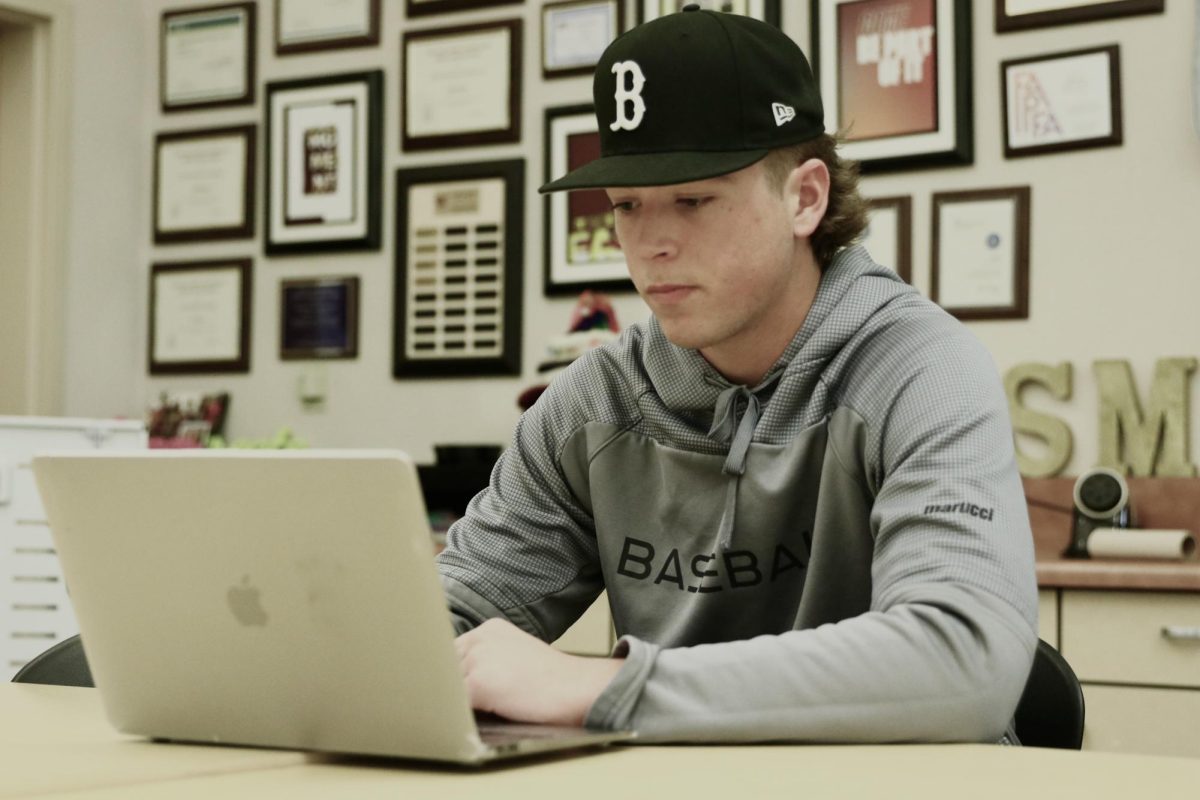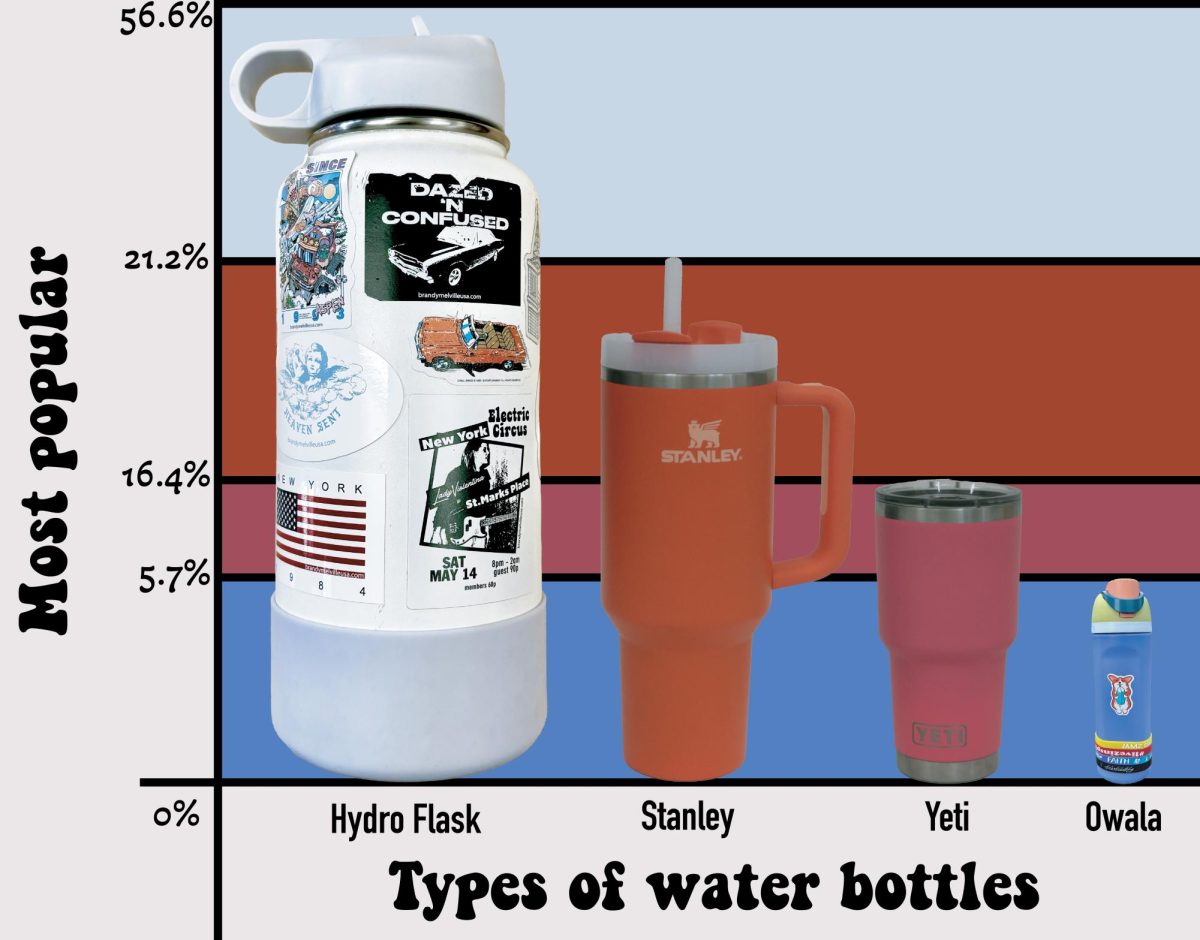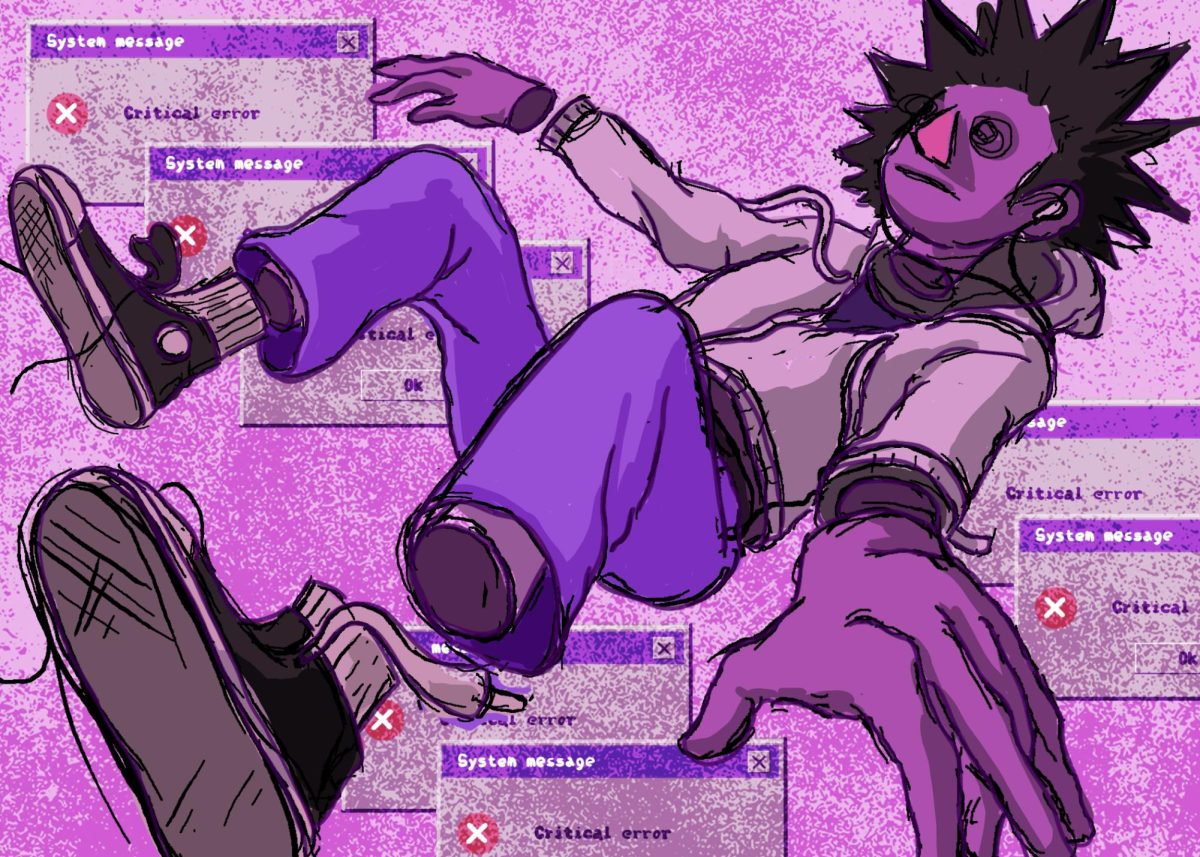The idea of wearing someone else’s used, stained or damaged clothes is off putting — yet to a large majority of Gen Z — that’s the cost of style.
Over the past five years, thrifting has become common, especially for teenagers between 12 to 18 years old. Social media, mainly through Instagram and TikTok, has blasted it into becoming mainstream. The culture of documenting thrift hauls, try-on videos, thrift flips and vlogs has normalized the hobby as not something out of economic desperation, but a unique, youthful method to curate style.
“I feel like thrifting is normalized now because a while ago, people saw thrifting as a bad thing. People used to think, ‘Oh, you’re broke,’ and always shamed someone for it, but now that it’s a trend among teenagers and even adults, I feel like it’s less shameful to participate in. People realize what styles they want and that’s what thrifting can help give them,” Shay Hamed said.
For Reza Brame, these words ring true, as he said thrifting has been essential in diversifying his wardrobe.
“It was nice to get clothes that I felt were more versatile with what I wore. Thrifting is just easier all around — I can shop without worrying,” Brame said.
Further, social media has created a constant recycling of fashion trends in society and has pushed silhouettes, color palettes and patterns back into the eye of the public — with many of these “new” trends being available at thrift stores. Within the contemporary age, no style is out of style.
“A new style is coming in, with a lot of influence from the ‘80s, or a similar kind of look, with more comfortable, baggy clothing. I’ve found that it is more comfortable and in my opinion just looks better,” Kaleb Rodgers said.
Thrifting also is more environmentally friendly. In recent years, a large wave of anti-fast fashion sentiments have risen, with the hashtag #fastfashion on Instagram garnering more than 1 million posts alone. Some argue that the solution to reducing the 34 billion pounds of used textiles is not buying new, but purchasing what already exists.
“I think [thrifting] has a positive impact on the environment because you’re reusing clothes that either would have gone to the dump or just been thrown away or created litter. You’re turning that into something new,” Rodgers said.
The prices of clothes at thrift stores also compete with raising prices from fast fashion companies popular within the community. Hamed, who thrifts once every two weeks, said she started to thrift in part due to prices.
“[Thrifting] was, and is more affordable and I just found more cool things that I liked,” Hamed said.
For Rodgers, he said the social component of thrifting pulled him in.
“Originally, thrifting was a way for me to hang out with my friends, but then I really started to enjoy the style. I found that all the clothing that I was finding was very comfortable, and it made me really fall in love with all of it,” Rodgers said.
Mielstein seeks brands like Dickies, Nike and Wrangler at places like the Goodwill Bins, a renowned thrift spot across TikTok. For Rodgers and Hamed, Carhartt is the holy grail.
“My best find has either been a pair of Carhartt jeans that I wear round once a week or my Hawaiian T-shirt that I also wear around once a week,” Rodgers said.
Now normalized and popularized both online and on campus, thrifting is a more common hobby than ever before. From environmental consciousness to style, the impact within Gen Z is only becoming more noticeable.
Mielstein said, “[Thrifting] has made my style more outside-the-box, because there’s different clothes at the thrift store than there is at the mall. Everyone wants to be a little bit different, styles have improved and everyone’s become unique with their style. Now, the only place to find cooler or different clothes is the thrift store.”
BY DESIREE MONTEJANO & ISABELLA TOMASINI

